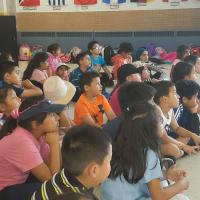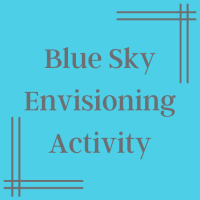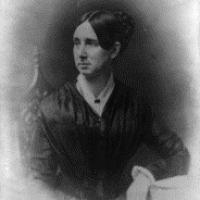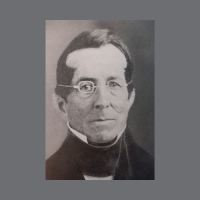When a crisis upends life or disaster strikes, whether caused by nature or humans, the humanitarian spirit of individuals and communities swells. The lesson plans, project ideas, and links to nonprofit resources here provide opportunities to discuss our response to a crisis and explore actions that young people can take before and after disaster strikes.
Let's explore and connect with ourselves and others by envisioning our community ten years from now. Select a meaningful issue that you deeply care about and visualize it being resolved. Afterward, let's engage in a conversation about the initial actions we can take to turn our vision into reality. Together, we can shape a brighter future!
Definition
Civil rights are defined as "the nonpolitical rights of a citizen; especially those guaranteed to U.S. citizens by the 13th and 14th...
Definition
Nonprofit organizations are organized for a public or mutual benefit other than generating profit for owners or investors (Salamon 1999). They can take a variety of forms from informal...
Philanthropy in American Indian and Alaskan Native cultures is not a new phenomenon—there is a long and rich history of indigenous giving traditions, and today there is a growing nonprofit sector devoted to social justice and development of Native communities in the United States. This paper examines overarching themes of Native American philanthropy (there are over 500 registered tribal nations in the continental US, and all celebrate their own giving and receiving rituals and traditions specific to their own communities), how the practice of Native American philanthropy has changed over time, and what the nonprofit sector within tribal communities looks like today. Additionally, this lesson will offer specific examples of youth-centric philanthropy and its focus on preserving Native culture for future generations.
A social reformer dedicated to changing conditions for people who could not help themselves, Dorothea Dix was a champion for the mentally ill and the imprisoned. Through her tireless work of over two decades, Dix instituted changes in the treatment and care of the mentally ill and improved prison conditions.
Thomas Hopkins Gallaudet was a trained minister whose future changed when he met Alice Cogswell, a young girl who was deaf. In 1817, Gallaudet opened the "Connecticut Asylum for the Education and Instruction of Deaf and Dumb Persons" in Hartford, Connecticut; it was the first U.S. deaf school. He had observed European educational methods and recruited a teacher of the deaf, Laurent Clerc, whose work helped develop American Sign Language (ASL).
Definition
To understand the definition of the concept, right to petition government, one must first understand where this concept originates. The right to petition is one of the fundamental...
Definition
Sororities are commonly defined as a college social club or organization for women, with particular distinction given to African American sororities....
Definition
The formation of African American fraternities carries with it the roots established many years ago as evidenced in Free and Accepted Masons, and perhaps earlier via the Freeman's Bureau...



